拓扑排序是对一个有向图构造拓扑序列,解决工程是否能顺利进行的问题。构造时有 2 种结果:
AOV(Activity On Vertex Network) :一种 有向 无回路 的图

排序类似 流程图一样 任务
例如早上起床的任务:
例如:这里你只有穿了衬衣才能穿外套,而不是穿了外套再穿衬衣

每次删除一个入度边个数为 0 的点,并刷新其他点的出度边个数。
对下面的图进行拓扑排序:

数据结构:
/** 边 */
static class Edge{
/** 权重 */
int weight;
/** 出度指向的点 */
int toVertex;
/** 下一个出度边 */
Edge next;
}
/** 顶点 */
static class Vertex{
/** 入度 数量 */
int inNumber;
/** 顶点信息 */
Character data;
/** 第一条边 */
Edge firstEdge;
}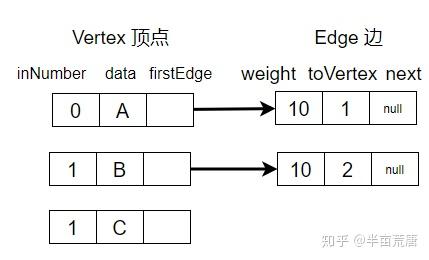
将所有入度边数为 0 的点放入 stack 栈中
(只有 A 入度边数 为 0,将其放入栈中)
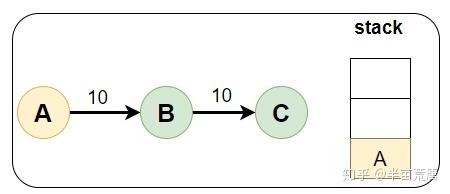
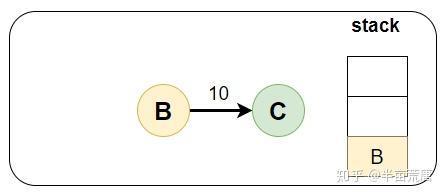
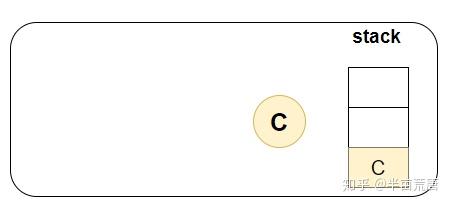
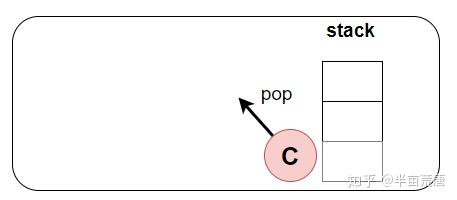
请结合代码理解图解案例分析
public class TopologicalSort {
/** 边 */
static class Edge{
/** 权重 */
int weight;
/** 出度指向的点 */
int toVertex;
Edge next;
public Edge(int weight, int toVertex, Edge next) {
this.weight = weight;
this.toVertex = toVertex;
this.next = next;
}
}
/** 顶点 */
static class Vertex{
/** 入度 数量 */
int inNumber;
/** 顶点信息 */
Character data;
/** 第一条边 */
Edge firstEdge;
public Vertex(int inNumber, Character data, Edge firstEdge) {
this.inNumber = inNumber;
this.data = data;
this.firstEdge = firstEdge;
}
}
/** 拓扑排序 */
public static boolean topological(List<Vertex> graph){
// 输出顶点的个数
int outVertices = 0;
// 栈:用来储存入度个数为 0 的顶点
Stack<Vertex> stack = new Stack<>();
//将顶点入度个数为 0 的元素入栈
for (Vertex vertex : graph) {
if (vertex.inNumber == 0) {
stack.push(vertex);
}
}
// 直到 AOV 网中不存在入度为 0 的点
while (!stack.empty()){
// 弹出顶点
Vertex pop = stack.pop();
// 输出弹出的顶点
System.out.println(pop.data);
// 统计输出个数
outVertices ++;
//遍历这个点的出度
Edge outEdge = pop.firstEdge;
while (outEdge!=null){
//出度的目标入度减少
Vertex toVertex = graph.get(outEdge.toVertex);
toVertex.inNumber --;
//目标减少后 入度为 0 就入栈
if (toVertex.inNumber == 0){
stack.push(toVertex);
}
outEdge = outEdge.next;
}
}
// 输出所有点才返回 true.
if (outVertices == graph.size()){
return true;
}
return false;
}
/** 测试 */
public static void main(String[] args) {
//构建图 A -> B -> C
ArrayList<Vertex> graph = new ArrayList<>();
//环 测试
// Edge edge1=new Edge(10, 1,null);
// Edge edge2=new Edge(10, 2,null);
// Edge edge3=new Edge(10, 0,null);
// Vertex a=new Vertex(1, 'A', edge1);
// Vertex b=new Vertex(1, 'B', edge2);
// Vertex c=new Vertex(1, 'C', edge3);
//无环 测试
Edge edge1 = new Edge(10, 1,null);
Edge edge2 = new Edge(10, 2,null);
Vertex a = new Vertex(0, 'A', edge1);
Vertex b = new Vertex(1, 'B', edge2);
Vertex c = new Vertex(1, 'C', null);
graph.add(a);
graph.add(b);
graph.add(c);
//判断是否拓扑
System.out.println(topological(graph));
}
}